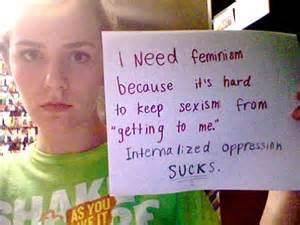
The Week: When I got engaged earlier this year, well-meaning friends excitedly asked “how he proposed” — and then immediately looked at my left hand.
I’ve been told I can thank the Archduke Maximilian of Austria, who proposed to Mary of Burgundy with a diamond ring in 1477, for such instincts. But maybe I should thank the originators: the prehistoric men who demonstrated their control over women by tying braided grass around their wrists and ankles.
You’d think the obvious sexism of the modern proposal would rankle my progressive friends. Yes, plenty of brides have men in their bridal parties, more and more women are ditching the “virginal” white dress, and guys aren’t running to ask their fiancees’ fathers for “permission” to marry them anymore. But our culture still, overwhelmingly, pushes the traditional male proposal: down on one knee, with a sparkly diamond (and often a flash mob) in tow.
Tracy Clark-Flory at Salon argues that the male proposal is “a culturally sanctioned time for a man to show his tenderness.” But the tradition pushes stereotypical gender roles: The “tender” man is still in control of the situation, while the woman is forced to take a passive role. And if a woman proposes to a man, it’s seen as emasculating.
It’s not just men pushing the tradition, either: A 2012 study at the University of California, Santa Cruz, found that two-thirds of heterosexual students, both male and female, were “definitely” in favor of the male marriage proposal. A recent study by The Knot and Men’s Health found that 76 percent of men think they should go down on one knee to propose. And a poll by The Associated Press found that just 5 percent of current American marriages began with a female proposal.
The engagement ring is a sort of 21st-century dowry in the Western world, too. The traditional two-month salary rule not only signals a man’s interest in spending a life with his partner, it inadvertently sets the relationship up for a lifetime of inequality. It’s vestigial sexism at which no one seems to blink.
If anything, women are more to blame for the sexism of the male proposal. Instagram and Facebook posts of sparkly rings — complete with the obligatory “oohs” and “aahs” — perpetuate the idea that women’s affections can be purchased.
So maybe it’s time for couples to rethink the meaning of engagement rings and male proposals. In a society where many wives work and keep their last names, the male proposal seems terribly antiquated.
Of course, as many traditionalists will be quick to note, the modern proposal isn’t as one-sided as it was: Women are permitted to “drop hints” about their desires to get engaged, joking about diamond cuts and offering peeks at their dream proposals. And women still have the power to decline the offer. But if the fantasy “proposal” is a symbolic gesture, with couples often discussing marriage before the event, why are we holding onto it, and what, exactly, is it a symbol of?

DCG

